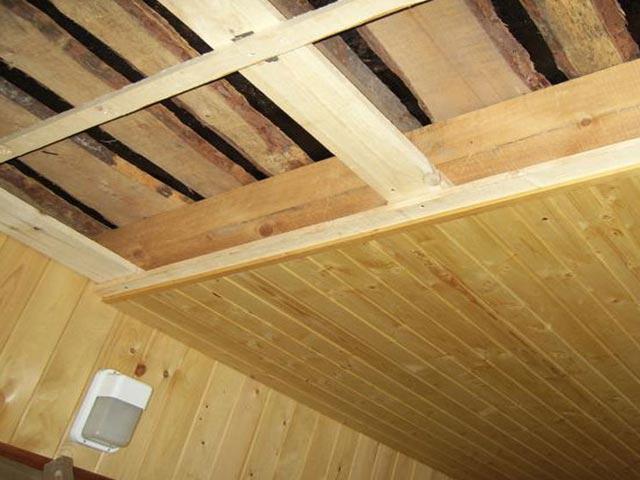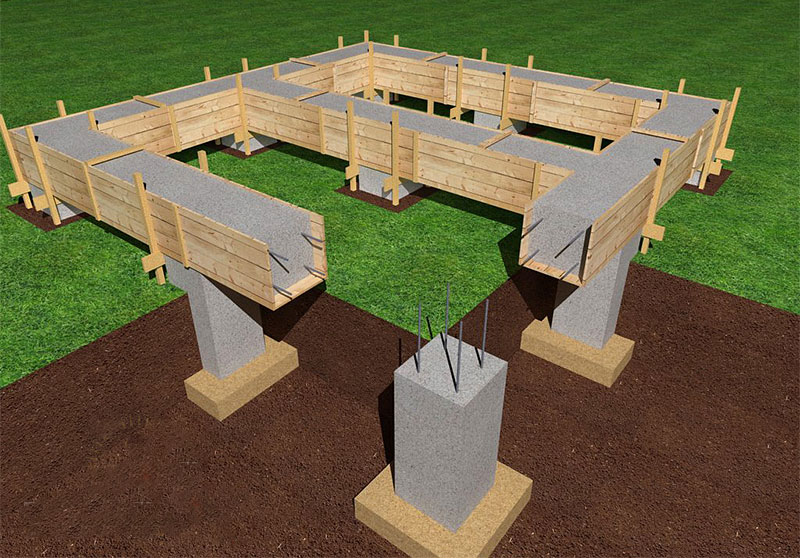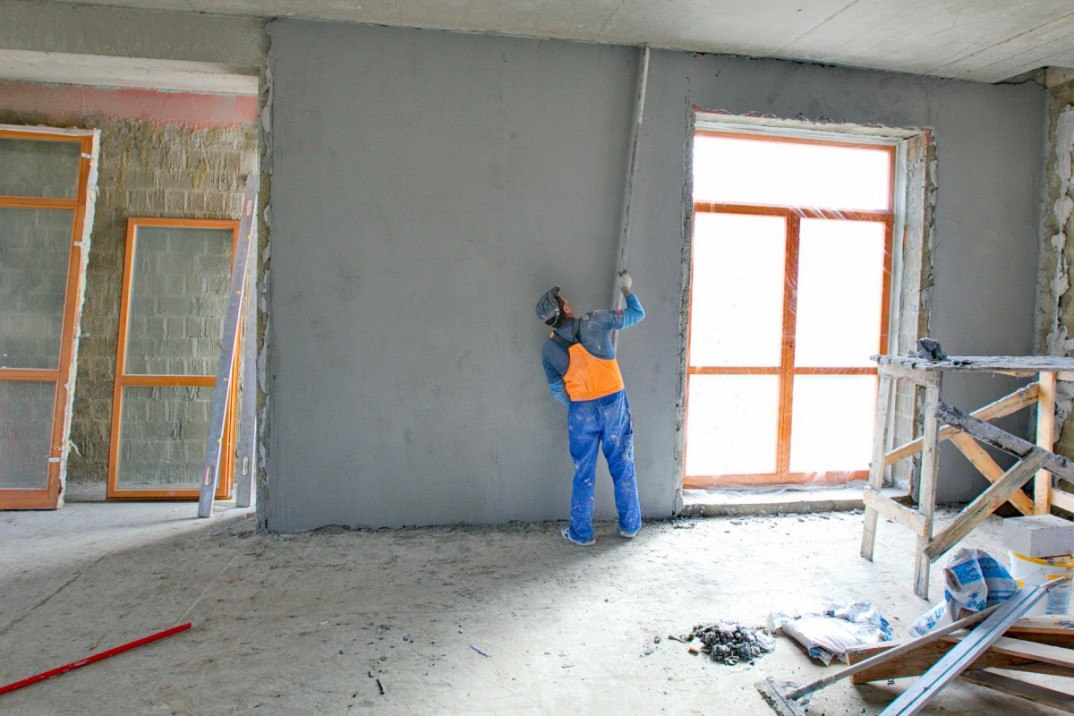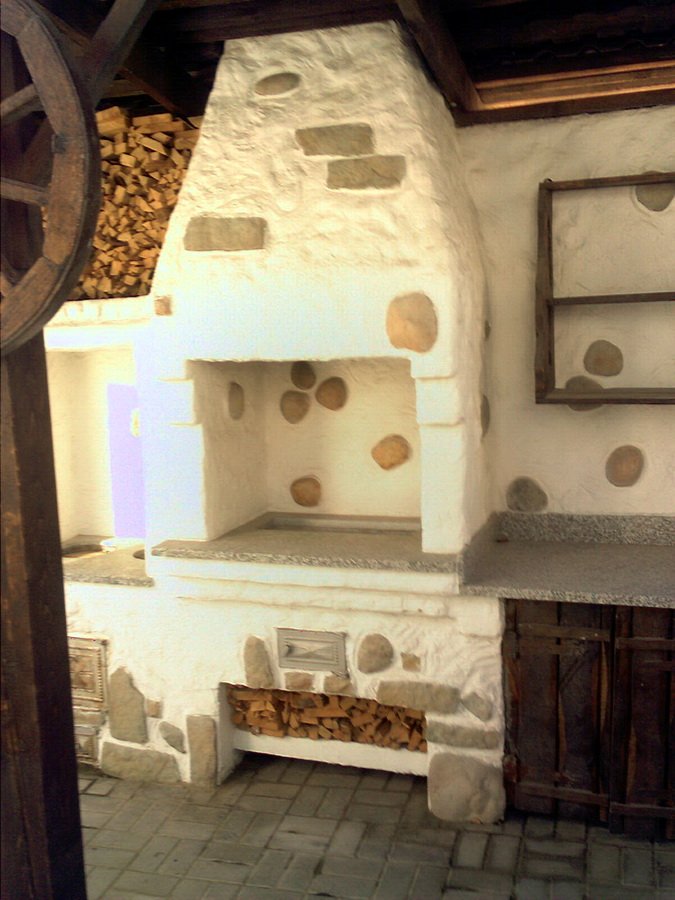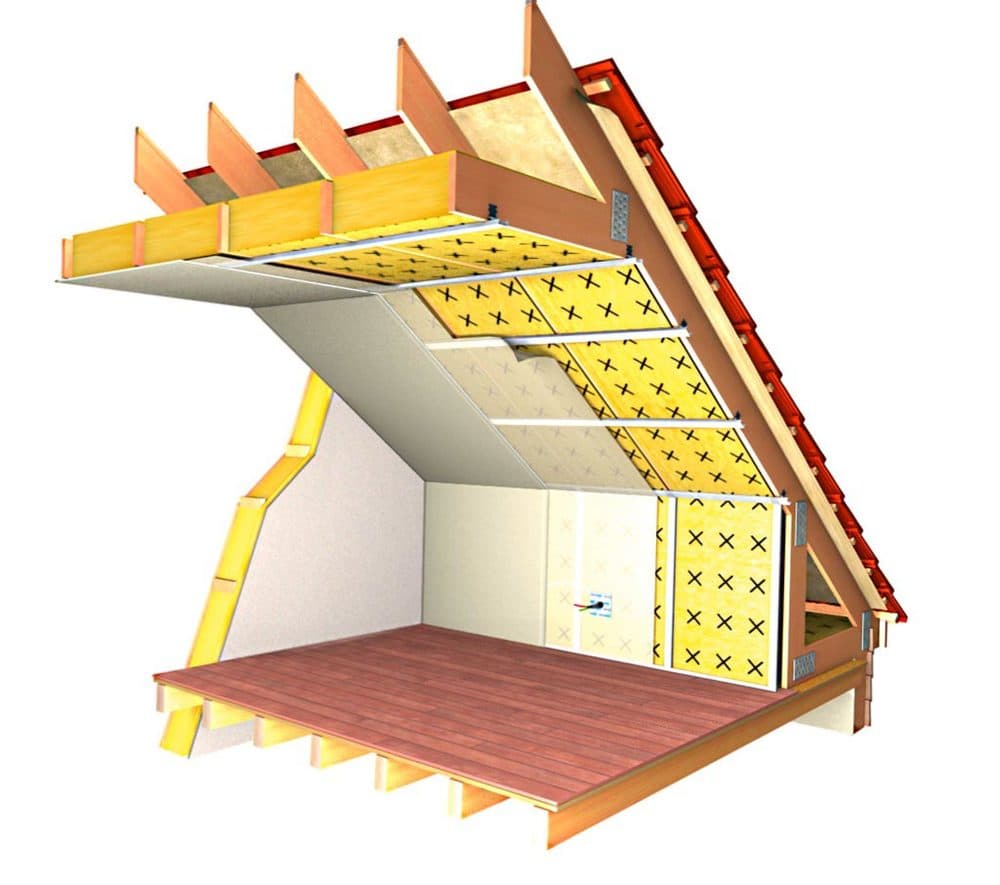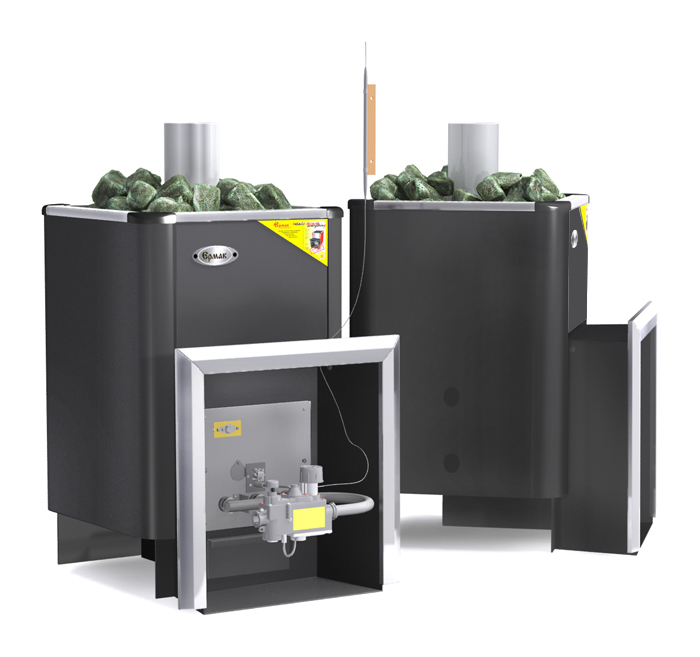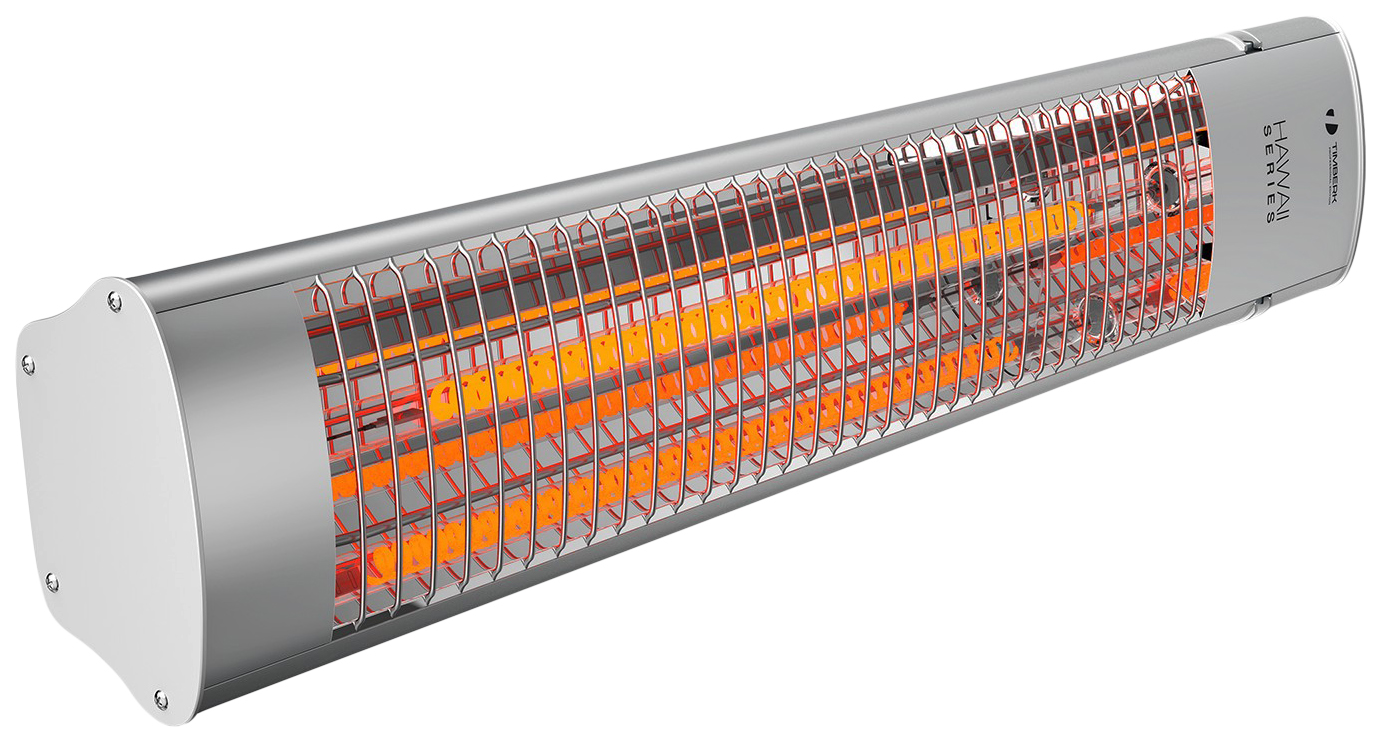The creation of an efficient heating system for large buildings differs significantly from similar stand-alone cottage schemes. The difference lies in the complexity of the distribution and control of the parameters of the coolant. Therefore, you should take a responsible attitude to the choice of a building heating system: types, types, calculations, surveys. All these nuances are taken into account even at the design stage of the structure.
Heating requirements for residential and office buildings
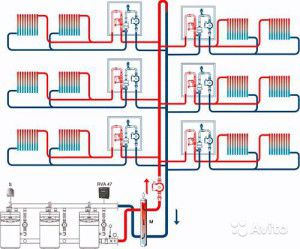
It should be noted right away that the heating project for the administrative building must be carried out by the relevant bureau. Experts evaluate the parameters of the future building and, in accordance with the requirements of regulatory documents, choose the optimal heat supply scheme.
Regardless of the selected types of building heating systems, strict requirements are imposed on them. They are based on ensuring the safety of the functioning of heat supply, as well as the efficiency of the system:
- Sanitary and hygienic... These include an even distribution of temperature in all areas of the house. For this, the calculation of heat for heating the building is preliminarily performed;
- Construction... The operation of heating devices should not deteriorate due to the peculiarities of the structural elements of the building, both inside and outside it;
- Mounting... When choosing technological schemes of the installation, it is recommended to choose unified units that can be quickly replaced with similar ones in case of failure;
- Operational... Maximum automation of heat supply. This is the primary task along with the heat engineering calculation of the heating of the building.
In practice, proven design schemes are used, the choice of which depends on the type of heating. This is a determining factor for all subsequent stages of work on the arrangement of heating an administrative or residential building.
When putting into operation a new house, residents have the right to demand copies of all technical documentation, including the heating system.
Types of building heating systems
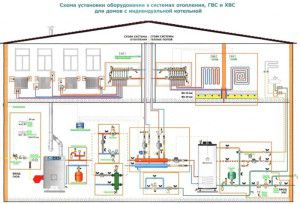
How to choose the right type of heat supply for a building? First of all, the type of energy carrier is taken into account. Based on this, subsequent design stages can be planned.
There are certain types of building heating systems that differ in both the principle of operation and performance. The most common is hot water heating, as it has unique qualities and can be relatively easily adapted to any type of building. After calculating the amount of heat for heating the building, you can select the following types of heat supply:
- Autonomous water... It is characterized by high inertness of air heating. However, along with this, it is the most popular type of building heating systems due to the wide variety of components and low maintenance costs;
- Central water... In this case, water is the optimal type of heat carrier for its transportation over long distances - from the boiler house to consumers;
- Air... Recently, it has been used as a general climate control system in homes.It is one of the most expensive, which affects the inspection of the building heating system;
- Electrical... Despite the low costs for the initial purchase of equipment, electric heating is the most expensive to maintain. In the case of its installation, it is necessary to carry out the calculation of heating as accurately as possible by the volume of the building in order to reduce the planned costs.
What is recommended to choose as heat supply for the house - electric, water or air heating? First of all, you need to calculate the thermal energy for heating the building and other types of design work. Based on the data obtained, the optimal heating scheme is selected.
For a private house, the best way to supply heat is to install gas equipment in conjunction with a water heating system.
Types of calculation of heat supply to buildings
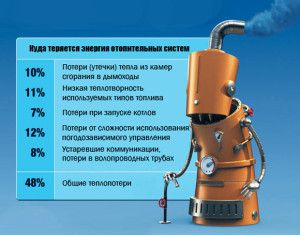
At the first stage, it is necessary to calculate the heat energy for heating the building. The essence of these calculations is to determine the heat losses of the house, the selection of equipment power and the thermal mode of heating.
For the correct execution of these calculations, you should know the parameters of the building, take into account the climatic features of the region. Before the advent of specialized software systems, all calculations of the amount of heat for heating a building were carried out manually. At the same time, there was a high probability of error. Now, using modern calculation methods, it is possible to obtain the following characteristics for drawing up a heating project for an administrative building:
- Optimal load on heat supply, depending on external factors - outside temperature and the required degree of air heating in each room of the house;
- Correct selection of components for completing heating, minimizing the cost of purchasing it;
- Possibility to upgrade the heat supply in the future. Reconstruction of the building heating system is carried out only after the agreement of the old and new schemes.
When making a project for heating an administrative or residential building, you need to be guided by a certain calculation algorithm.
The characteristics of the heat supply system must comply with the current regulatory documents. A list of them can be obtained from the state architectural organization.
Calculation of heat losses of buildings
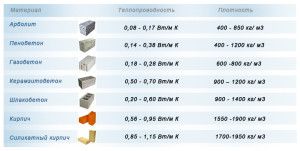
The defining indicator of the heating system is the optimal amount of energy generated. It is also determined by the heat loss in the building. Those. in fact, the work of the heat supply is designed to compensate for this phenomenon and maintain the temperature at a comfortable level.
For the correct calculation of heat for heating a building, it is necessary to know the material for making the outer walls. It is through them that most of the losses occur. The main characteristic is the coefficient of thermal conductivity of building materials - the amount of energy passing through 1 m² of the wall.
The technology for calculating heat energy for heating a building consists of the following stages:
- Determination of the material of manufacture and the coefficient of thermal conductivity.
- Knowing the thickness of the wall, you can calculate the heat transfer resistance. This is the reciprocal of thermal conductivity.
- Then several heating modes are selected. This is the difference between the temperature in the supply and return pipes.
- Dividing the resulting value by the resistance to heat transfer, we obtain heat losses per 1 m² of the wall.
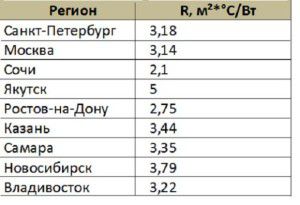
For such a technique, you need to know that the wall consists not only of bricks or reinforced concrete blocks. When calculating the power of the heating boiler and the heat loss of the building, thermal insulation and other materials must be taken into account. The overall resistance coefficient of the TV transmission of the wall should not be less than the normalized one.
Only after that you can start calculating the power of the heating devices.
For all the obtained data for calculating heating by the volume of the building, it is recommended to add a correction factor of 1.1.
Calculation of the power of equipment for heating buildings
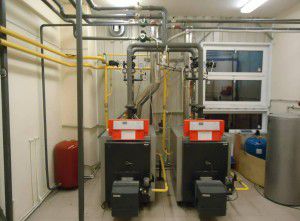
To calculate the optimal heat supply power, you should begin to determine its type. Most often, difficulties arise when calculating hot water heating. To correctly calculate the power of the heating boiler and heat losses in the house, not only its area is taken into account, but also its volume.
The simplest option is to take the ratio that 41 W of energy is required to heat 1 m³ of the room. However, such a calculation of the amount of heat for heating the building will not be entirely correct. It does not take into account heat losses, as well as the climatic features of a particular region. Therefore, it is best to use the technique described above.
To calculate the heat supply for the volume of the building, it is important to know the rated power of the boiler. To do this, you need to know the following formula:
W = S * K
Where W - boiler power,S - the area of the house,TO - correction factor.
The latter is a reference value and depends on the region of residence. Data about it can be taken from the table.
| Climate zone | Correction factor |
| central part | 0.1 to 0.15 |
| Northern regions | 0.15 to 0.2 |
| Southern part of Russia | 0.07 to 0.1 |
This technology allows you to perform an accurate heat engineering calculation of heating a building. At the same time, the heat supply capacity is checked against the heat losses in the building. In addition, the purpose of the premises is taken into account. For living rooms, the temperature level should be between + 18 ° C and + 22 ° C. The minimum heating level for areas and household rooms is + 16 ° С.
The choice of the heating operating mode is practically independent of these parameters. It will determine the future load on the system based on weather conditions. For apartment buildings, the calculation of heat energy for heating is done taking into account all the nuances and in accordance with regulatory technology. In autonomous heat supply, such actions do not need to be performed. It is important that the total heat energy compensates for all heat losses in the house.
To reduce the cost of autonomous heating, it is recommended to use the low-temperature mode when calculating the volume of the building. But then the total area of the radiators should be increased in order to increase the thermal efficiency.
Building heating system maintenance
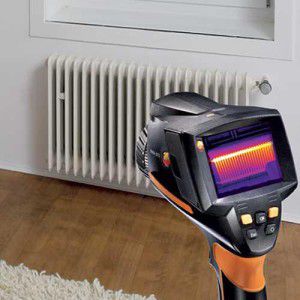
After the correct heat engineering calculation of the building's heat supply, it is necessary to know the mandatory list of regulatory documents for its maintenance. You need to know this in order to timely monitor the operation of the system, as well as minimize the occurrence of emergency situations.
The drawing up of the inspection report of the building heating system is carried out only by representatives of the responsible company. This takes into account the specifics of heat supply, its type and current state. During the inspection of the heating system of the building, the following points of the document must be filled in:
- The location of the house, its exact address.
- Link to the heat supply agreement.
- The number and location of heat supply devices - radiators and batteries.
- Measurement of temperature in rooms.
- Load change factor depending on current weather conditions.
To initiate a survey of the heating system of a house, you must submit an application to the management company. It must indicate the reason - poor heat supply performance, an emergency, or a discrepancy between the current parameters of the system and the standards.
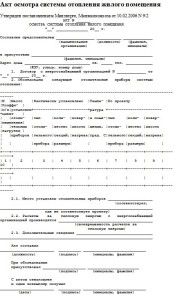
According to current standards, during an accident, representatives of the management company must eliminate its consequences within a maximum of 6 hours. Also, after that, a document is drawn up on the damage caused to the owners of the apartments due to the accident. If the reason is an unsatisfactory condition, the Criminal Code must restore the apartments at its own expense or pay compensation.
Often, during the reconstruction of the heating system of a building, it is necessary to replace some of its elements with more modern ones. Costs are determined by the fact - on whose balance the heating system is. The restoration of pipelines and other components not located in apartments should be dealt with by the management company.
If the owner of the premises wants to change the old cast-iron batteries for modern ones, the following actions should be taken:
- An application is drawn up to the management company, which indicates the plan of the apartment and the characteristics of future heating devices.
- After 6 days, the Criminal Code is obliged to provide technical specifications.
- According to them, the selection of equipment is carried out.
- Installation is carried out at the expense of the owner of the apartment. But at the same time, representatives of the Criminal Code must be present.
For autonomous heating of a private house, you do not need to do anything of this. Responsibilities for arranging and maintaining heating at the proper level are entirely with the owner of the house. Exceptions are technical projects for electric and gas space heating. For them, it is imperative to obtain the consent of the Criminal Code, as well as to perform the selection and installation of equipment in accordance with the terms of reference.
The video describes the features of radiator heating:

